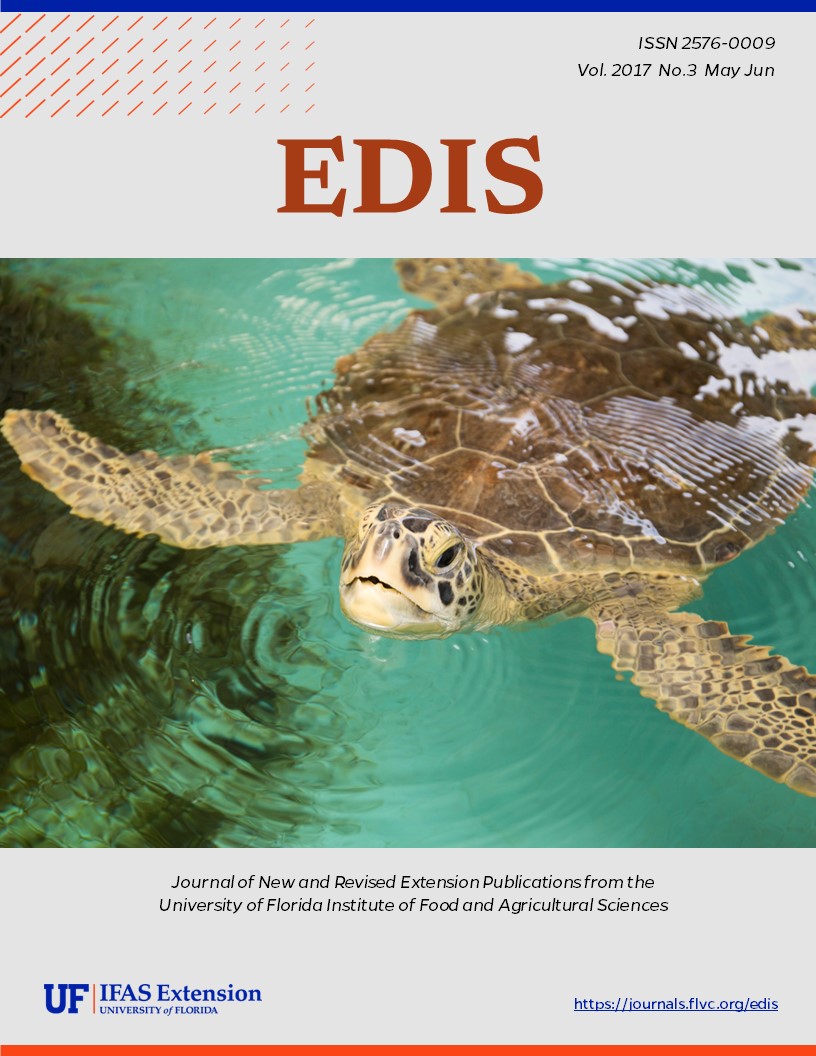Abstract
The bacterium Clostridium perfringens causes of one of the most common type of foodborne gastroenteritis, often referred to as perfringens food poisoning, in the US (FDA 2012). It is associated with consuming contaminated food that contains great numbers of vegetative cells and spores that will produce toxin inside the intestine. There are two forms of disease caused by C. perfringens: gastroenteritis and enteritis necroticans. The latter disease, also known as pig-bel disease, is not common in the US. It is often associated with contaminated pork (FDA 2012) and can be very severe.
Unless otherwise specified, articles published in the EDIS journal after January 1, 2024 are licensed under a Creative Commons Attribution-NonCommercial-NoDerivs 4.0 International (CC BY-NC-ND 4.0) license.

